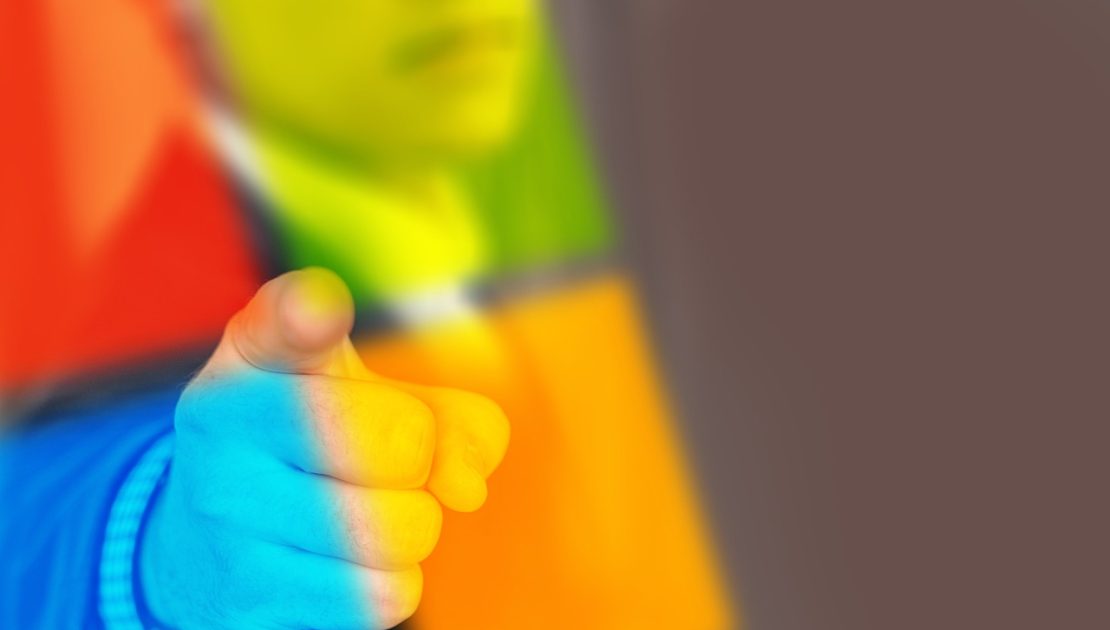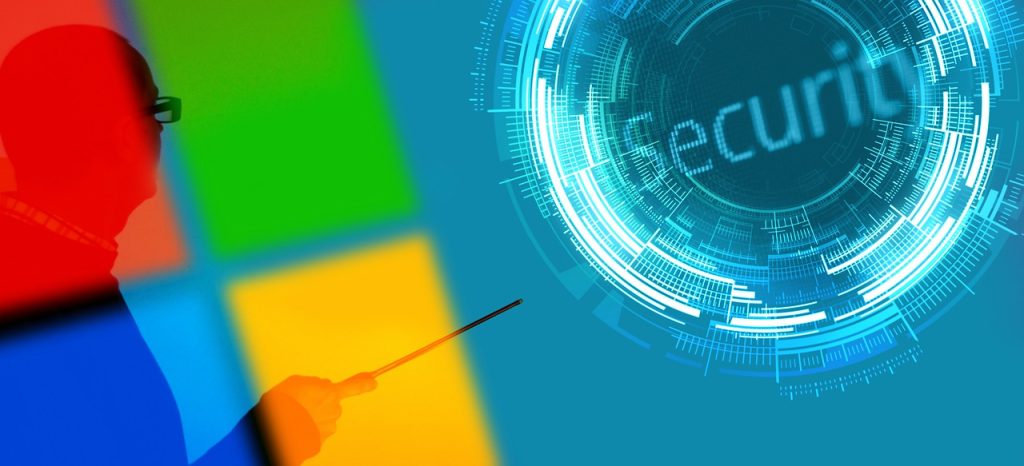Microsoft is only supporting Windows 7 until 14 January 2020. That’s less than three months away!
Is your technology is using Windows 7 as an operating system?
What happens when support is no longer available?
What action should you take?
“Microsoft has always been clear it doesn’t support versions of Windows indefinitely,” says Eric Hughes of EMH Technology. “We’ve seen support withdrawn for earlier versions, such as Windows XP and Windows Vista. From 14 January next year, Windows 7 will also lose Microsoft’s support.”
Although the system was launched 10 years ago, it is still extremely popular. Recent research suggests that Windows 7 is still being used on 36% of all PCs (April 2019). There are many users who therefore need to understand exactly what support withdrawal involves and what action they should take.
What does ‘no support’ mean?
Essentially, it means Microsoft will no longer update or support the operating system after 14 January 2020. This includes stopping the availability of security patches and technical assistance.



